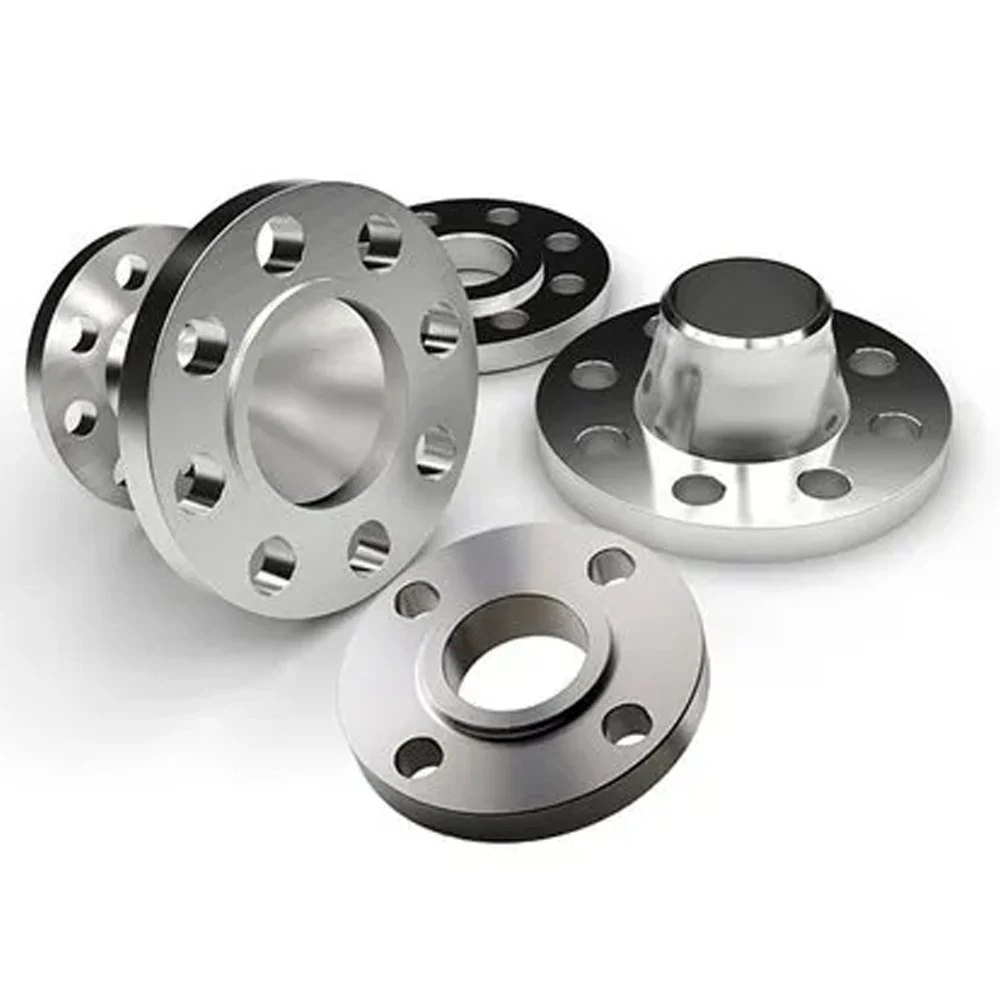Flanges are an essential part of piping systems, providing a secure connection between pipes, valves, and other equipment. Among the many types available, 254 SMO flanges, duplex flanges, and super duplex flanges are widely used in industries that require high strength and corrosion resistance. Understanding their differences helps in selecting the right material for specific applications.
What Are 254 SMO Flanges?
Alloy 254 SMO flanges are high-alloy stainless steel components designed for extreme environments. They offer excellent resistance to pitting, crevice corrosion, and stress corrosion cracking. These flanges are ideal for industries like marine, chemical, and offshore applications where exposure to saltwater and harsh chemicals is common.
Understanding Duplex and Super Duplex Flanges
- Duplex flanges contain a balanced mix of austenitic and ferritic stainless steel, making them strong and resistant to corrosion. They are commonly used in oil and gas, desalination, and chemical processing.
- Super duplex flanges have a higher chromium and molybdenum content than standard duplex flanges, providing even better corrosion resistance and mechanical strength. They are used in extreme conditions like deep-sea applications and aggressive chemical environments.
Comparing 254 SMO Flanges, Duplex, and Super Duplex Flanges
1. Corrosion Resistance
- 254 SMO flanges offer superior resistance to pitting and crevice corrosion, making them ideal for seawater and chloride-rich environments.
- Duplex flanges provide good resistance to corrosion but may not perform as well as 254 SMO in highly acidic or chloride-rich conditions.
- Super duplex flanges have enhanced corrosion resistance, making them more durable than duplex but still slightly less resistant compared to 254 SMO in specific aggressive environments.
2. Strength and Durability
- 254 SMO flanges are strong but slightly lower in mechanical strength than duplex and super duplex flanges.
- Duplex flanges offer high strength and toughness, making them suitable for applications requiring load-bearing capacity.
- Super duplex flanges provide the highest strength among the three, making them ideal for high-pressure and high-stress environments.
3. Cost Comparison
- 254 SMO flanges are generally more expensive due to their high nickel and molybdenum content.
- Duplex flanges are cost-effective and provide a good balance between price and performance.
- Super duplex flanges are slightly more expensive than duplex but offer better durability and strength.
Choosing the Right Flange
- For highly corrosive environments like marine and chemical industries, 254 SMO flanges are the best choice.
- For applications requiring strength and moderate corrosion resistance, duplex flanges are a cost-effective option.
- For extreme pressure and high-stress applications, super duplex flanges provide the best performance.
Conclusion
Choosing between 254 SMO flanges, duplex flanges, and super duplex flanges depends on the specific needs of the application. While alloy 254 SMO flanges provide excellent corrosion resistance, duplex and super duplex flanges offer a balance of strength and cost-effectiveness. Understanding these differences ensures the right selection for long-term durability and performance in various industries.









